How to Supercharge And Destress Your Events: The Definitive Guide
If you have an event planning business, there is one thing you understand better than most: stress.
The event planning business is different from many others in that you are not dealing with one party. You are rather dealing with many parties.
What do I mean by that?
Well you have the venue, then the vendors, and so on.
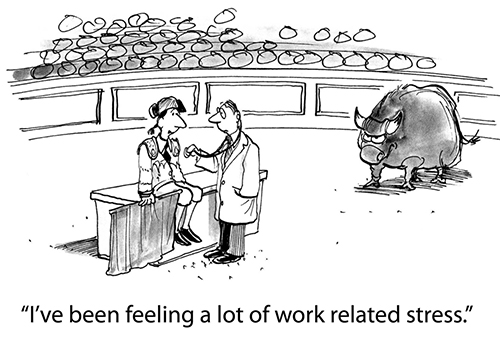
And here’s the thing: it is your job to make sure everyone is on the same page. That means you and the venue all have to understand exactly what the layout of the function space needs to look like, you have to know the music selection, drink selection, and how much of a drink you should serve (e.g. ice glassing), all the way down to what type of meal service you plan to provide.
That’s a lot… for anyone.
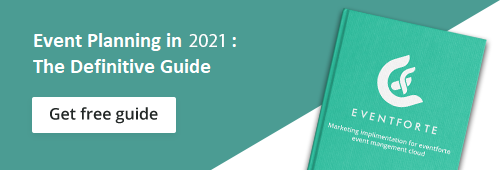
But there’s light at the end of the tunnel: event planning software. It’s making the event planning business less stressful for everyone. And with all the new developments this brings and the different ways you can market, the hospitality business is changing rapidly. Event planning companies are starting to get on board as well.
That’s why we created this webinar, on Event Planning in 2022: The Definitive Guide.
We’ll give a little taste of the webinar right now so you can stand out and streamline your event planning processes and have an event planning checklist. And just know that it doesn’t matter how big or small of a company you have (all event planning companies can learn something), where you’re located, or whatever budget you have. These tips will be sure to help you.
1. De-stressed Event Planning: Think Like Your Customer
So before we get into specific, actionable ways to destress your event planning life, we need to take a step back and think about what your customers actually want.
In other words, you need to put yourself in your customer’s shoes and think from their perspective.
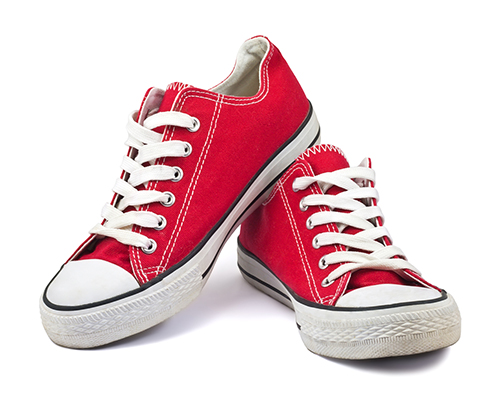
And remember, if you are planning an event for yourself, then your “customers” are your attendees. Your event is only as good as how good of a time your attendees have at the event so you need to cater to them to some degree.
The first thing you want to remember about how to deal with your customers is to be transparent. If you aren’t completely upfront with your customers about every part of the event planning journey, you will run into serious problems.
But stress can still creep in.
How?
Well let’s take a very common scenario: you and your customer disagree about room layout. Ok, this happens all the time. So one strategy is to use a concept called micro-commitments. These are small commitments that you can easily agree on with your customer.
Humans have a tendency to be more agreeable after they have already agreed on some initial things.
So for example maybe you can agree on table shape or table cloth color first. And then move on from there.
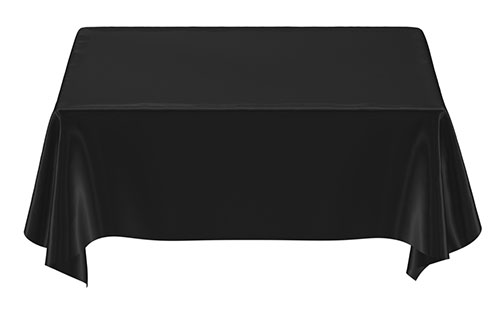
Another strategy you can use is the concept of visual communication. Back in the day, all we had was pen and paper to convey a function space layout for an event.
This is no longer the case.
So what can you do?
Use virtual tours and 3D diagrams to convey your ideas such as the types that EventForte has. Being able to demonstrate your ideas with heightened accuracy will keep you and your customer on the same page.
Remember transparency?
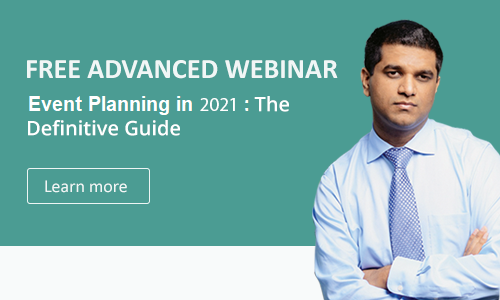
Ultimately you want to know how you are doing with your customers. And this where your net promoter score or NPS comes in. Your NPS is a range from 1 to 10, 10 being the highest where you can see on average how your customers feel about you.
So how do you measure it?
With surveys! You can use tools such as SurveyMonkey to see how your customers felt about you, even the ones who did not sign up with you.
And the key here is to get 30 to 50 separate customers to survey you so you can get an honest assessment of how you are doing.
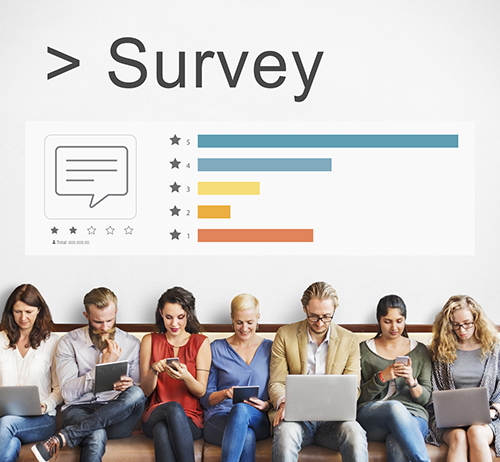
And at the end, you will see your NPS score. If you are in the 9 or 10 range, that means your customers on average are your promoters. This is where you want to be. These are customers who will actively recommend you.
Think of it as free marketing.
A score of 7 or 8 means your customers on average are neutral. They won’t recommend you but they won’t say anything bad about you either.
Anything below a 7 means your customers will be detractors. They will say negative things about you and will tell people not to take your services.
In other words, don’t have a score lower than 7.
We get into other ways to find how your customers are thinking about you in the webinar.
Remember that the customer always comes first and you need to adapt to your customers instead of the other way around.
2. De-stressed Event Planning: Think Like An Artist
Another area we go into in the webinar is how to think like an artist.

So first, what does this mean?
Remember that your job as an event planner is to sell customers their dreams. Your customers have a vision in mind and you want to execute it. And that means being creative.
So an example of this is having a good sense of color.
As we all know, different venues and different types of events work well with different colors. Other factors can play into color choices as well such as the season or climate.
One way to help with deciding color then is the classic Plutchik Wheel of Emotions which we go into a lot in the webinar.
Basically, every strand of color conveys a different type of emotion. You’ll notice that lighter yellows convey serenity while a more solid yellow or gold would convey ecstasy.
And of course, you need to know about your room set ups. Sometimes, customers will not have a sense or will not know the different options available depending on the venue for a room layout.
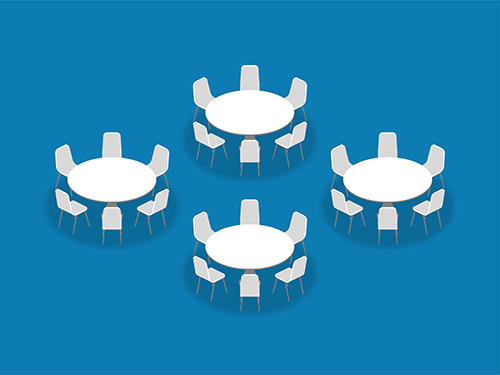
In the webinar, we will go into all the major room setups but for now here is a short list: conference, hollow squares, u-shapes, theater, classroom, banquet, and cocktail.
There are of course more but those are some of the major ones. And they all have their different purposes.
So how do you decide what to use? Think about the purpose of the event.
So for example, theater or classroom setups are great for lectures, executive presentations, and keynote addresses. The reason why this is the case is that these types of setups aim the audience toward a centralized point.
In the webinar, we go through all the major design setups and state what type of event or meeting the setup is good for and why.
We also cover issues such as service types. There are 9 major service types.

So why does this matter?
This is all about attendee experience. Your meeting or event is only as good as how your attendees feel afterward.
So for example, Russian service (1 of the 9 service types) is when the food is placed at the back of the room and the servers serve the food counterclockwise around each table.
Now even here, you can see how the service type can play into design.
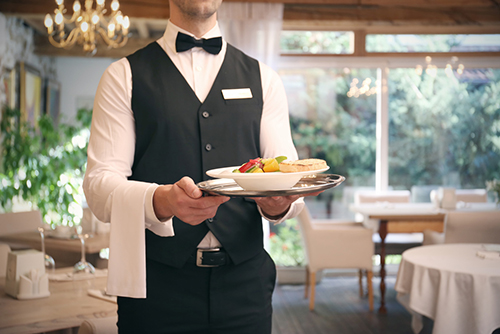
How is that the case?
Well think of it this way: how would a server be able to go to the back of the room, get the food, and then come back and serve it, if all the tables are scrunched together?
That’s why you need to put all conceptions you have about design and food service together. They are all interrelated.
Lastly in this section of the webinar, we go into some design elements that have become popular in previous years.
One new idea that is becoming more and more plausible is the use of drone videos. We are all aware of using videos for events, either for streaming immediately or just to view afterwards.
Using drones can give you an aerial view of the event and people are experimenting with them.
Really the theme is using what is new and exciting and incorporating these things into your events. You want to stand out from the crowd and be known as the event planner who is not afraid to try new things or to innovate.
And don’t worry: we go over a bunch of other ideas as well for your design repertoire in the webinar.
3. De-stressed Event Planning: Think Like A Superstar
In this section of the webinar, we talk about how to find and retain your customers and build your brand.

As we stated, the bottom line with the hospitality industry is how to get customers and there are new ways to do this.
Web presence is of course a big thing. Right now, only 2-3% of people who go to a website will convert, which means at the very least, give you their email address.
So there is a lot of room for everyone to improve.
One way to get people to come to your site is by using content marketing techniques. It is important for you to figure out what type of content ranks highly on Google.
If you aren’t blogging a lot, that means it is time to start doing that. Video blogging or vlogging is also becoming more and more popular.
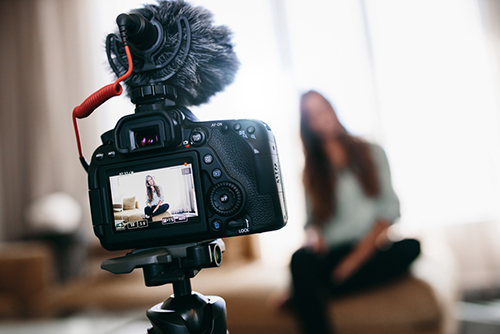
One other problem you may run into is people coming to your site but leaving very quickly.
One quick fix for this is by putting your contact information above the fold on your website. The fold is what a user sees when they first come to a website. A lot of businesses have their contact information toward the bottom of a page.
So what’s the solution?
Put the contact information at the forefront so anyone coming to your site sees your phone number or email address immediately (along with your other important forms).
So what’s the goal?
You want to saturate the market from every channel you can whether phone, email, direct mail, television ads, whatever.
Did you know for instance that it takes on average 6 to 8 times for a person to see the same brand before they decide to buy a product or service from that brand?
And yes, by the way, I did say direct mail. It still works.
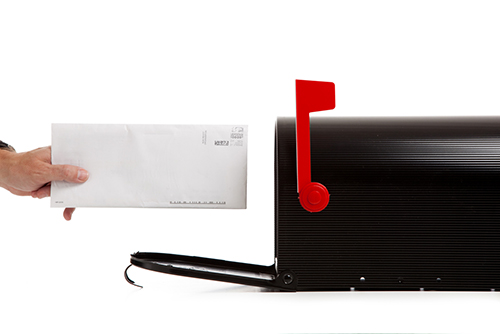
How is this the case?
Because with the developments in event planning software and other technology, many people think direct mail is dead. And yet direct mail has a 4.4% response rate for events. So if not many people are doing it, that means you should do it.
So sending out handwritten postcards or letters is a great way to put that personal touch that you can use to send to your leads or existing customers.
Think of it this way: if you get a handwritten letter, are you likely to read that over other mail you see in your mailbox?
Of course!
Now in terms of which customers to go after, many event planners want to land the big blockbuster celebrity event. And who wouldn’t, right?
But it turns out that 80% of all bookings are small events or meetings. And while each small booking may not pay a lot, over time, you will build up a great reputation if you do a good job.
And once you get known for those small bookings, the inquiries will start rolling in.

Remember the NPS score? If your customers become your ambassadors, they will remember you and recommend you, even for the larger events.
Now once you have those larger events, one thing you want to think of is leveraging influencer marketing.
Who are influencers?
Influencers are kind of like celebrities who have large internet followings.
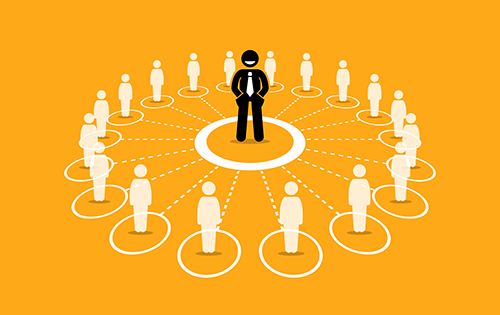
Now here’s why you want to use them: they bring their followings to events. So getting influencers at your events becomes great for publicity. Their followers will hype your event up for you too.
We go into a lot more depth of how to get these influencers to come to your event and where to find them in the webinar.
The idea here is, such as the name of this section suggests, is you want to be a superstar. That is, you want your event to be the talk of the town… and the internet.
Conclusion
That’s only a taste of what we cover in the webinar. We go over dozens more tips and tricks how to make your event planning business great for 2022 and beyond.
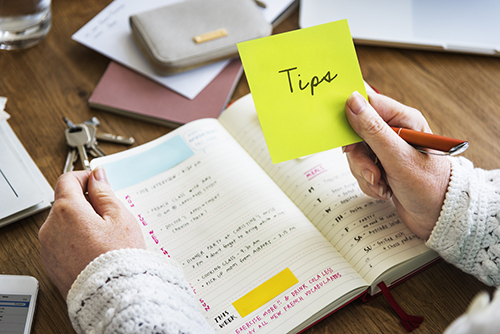
One I mentioned at the beginning is ice glassing. This is where you fill a glass high with ice to give the illusion of more. It is a great tool for avoiding alcohol related mishaps where attendees may feel compelled to drink too much. So remember ice glassing next time you want to avoid that risk.
Really our goal is empowering you in the hospitality world so that you develop a great reputation, your customers keep coming back, and your customers recommend you to other people.
Best of all with the webinar, it’s free. The thing is though we don’t know how long we are running it and spots are limited so you should claim your spot as soon as you can.
At the end of the day, we know the webinar will give you the tools you need to get more customers and to destress your events!
Comments
Leave a comment